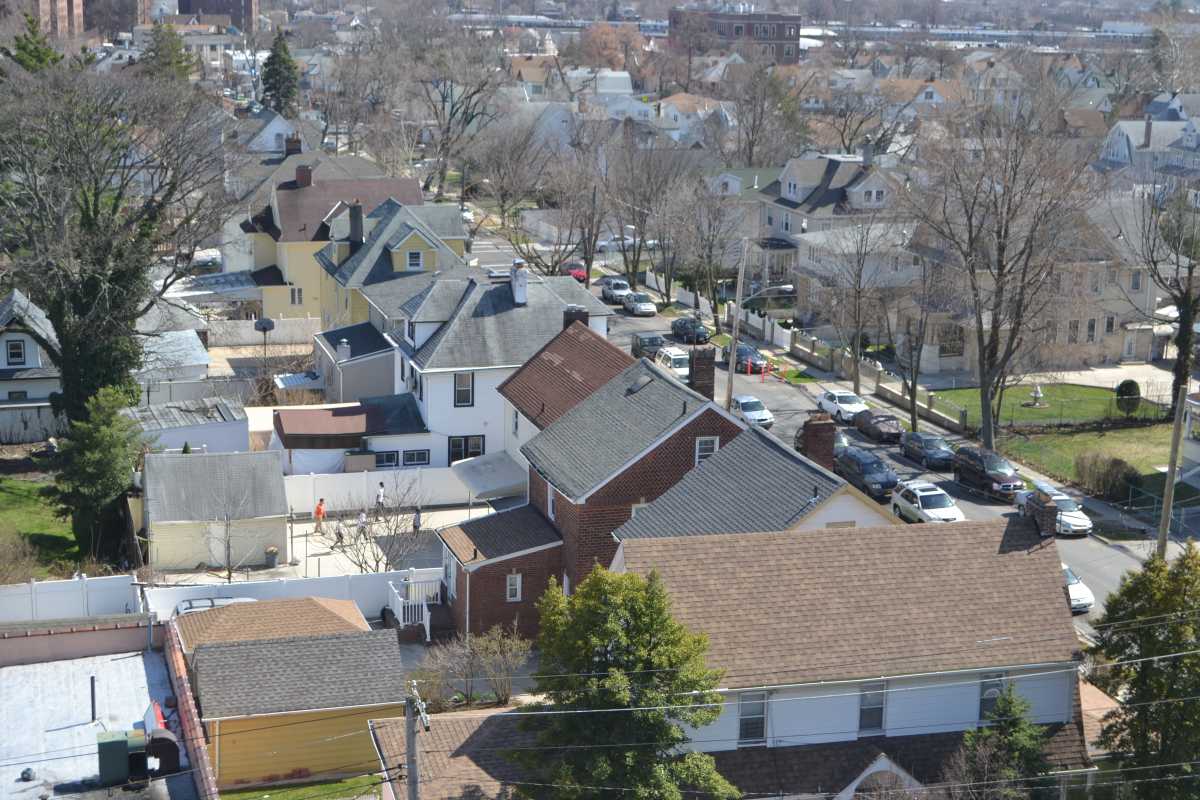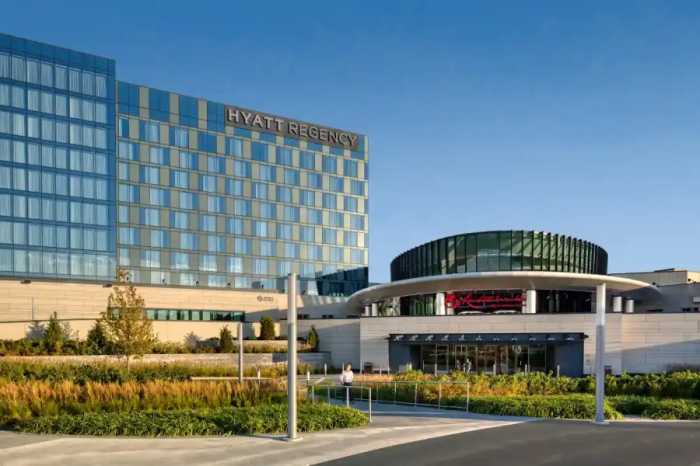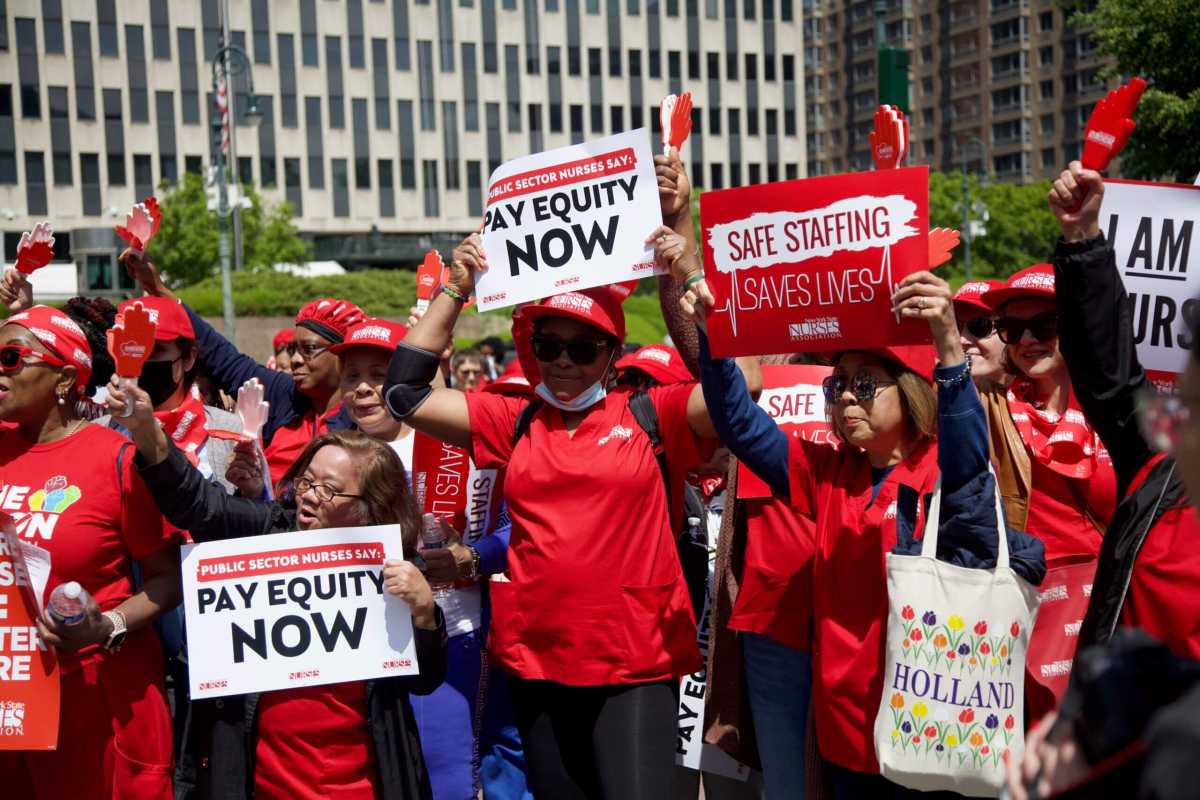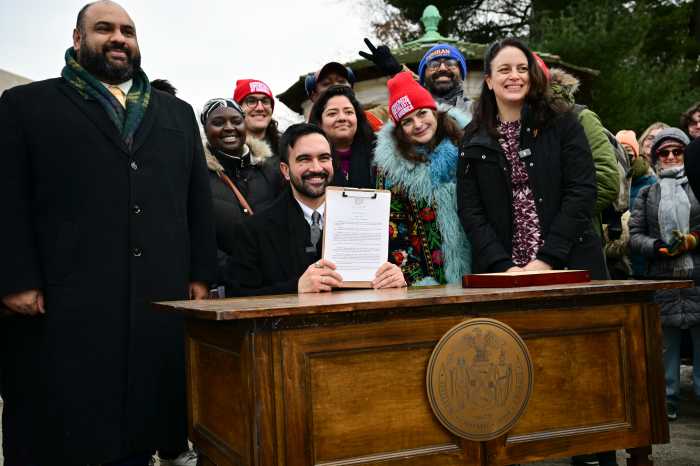Queens is the most diverse county in the country — not including some Alaskan Islands with tiny populations.
The borough is so proud of this fact that politicians usually begin speeches with it, businesses highlight it in pitches and everyday residents rave about the various ethnic foods that could be found around the “World’s Borough.”
But as diverse as it is, when it comes to homeownership, the borough looks similar to the rest of the city and country, as blacks and Hispanics struggle with the process of getting a conventional mortgage, according to a new study by real estate website StreetEasy. Only 8.8 percent of conventional mortgage applicants in Queens are from Hispanic residents, while blacks account for just 4.6 percent.
“Queens is one of the more diverse populations in the city. You can see that in the racial composition,” said Alan Lightfeldt, StreetEasy data scientist. “But it’s interesting to see the mortgage applications, because it really falls off. I think that really highlights the disparity of access to the process especially in the first phase.”
StreetEasy crunched the numbers for homeownership, mortgage application rates, and denial rates for blacks, Hispanics, Asians and whites in the five boroughs in 2013 through the Home Mortgage Disclosure Act and the American Community Survey.
When it comes to denial rates of conventional loans from Queens residents, blacks and Hispanics lead the way again. Under 5 percent of mortgage applications in the borough were from blacks, and 31.6 percent of those loan applications were denied. And 29.5 percent of conventional home loan applications from Hispanics were denied.
Interesting to note, Asians have the most mortgage applications for conventional loans in Queens with 41.6 percent, and a denial rating of just 19.6 percent. Lightfeldt said while the data doesn’t show if blacks and Hispanics are being discriminated against, the fact that Asians are able to get loans reflects that banks aren’t focused on minority status but are being strict with qualifications. This may be especially true, because financial institutions are wary of creating another housing bubble.
“I think that is another point to make why this isn’t an outright discrimination,” Lightfeldt said. “Your ability to pay back a loan and credit is what banks point to and because blacks and Hispanics struggle in that area it becomes very difficult for them to become homeowners.”
However, because they have low credit or low income rates, blacks and Hispanics in Queens are taking advantage of Federal Housing Administration loans more than the other races, especially blacks with a leading 36.3 percent of the borough’s FHA loan applications.
Also, although it’s hard for blacks to get conventional mortgages today, a large number of blacks in Queens still do own homes, mostly in the southeast region of the borough. In fact, 47.4 percent of blacks in Queens own a home, which is higher than the city (26.5) and national averages (41.9).
RECOMMENDED STORIES




































